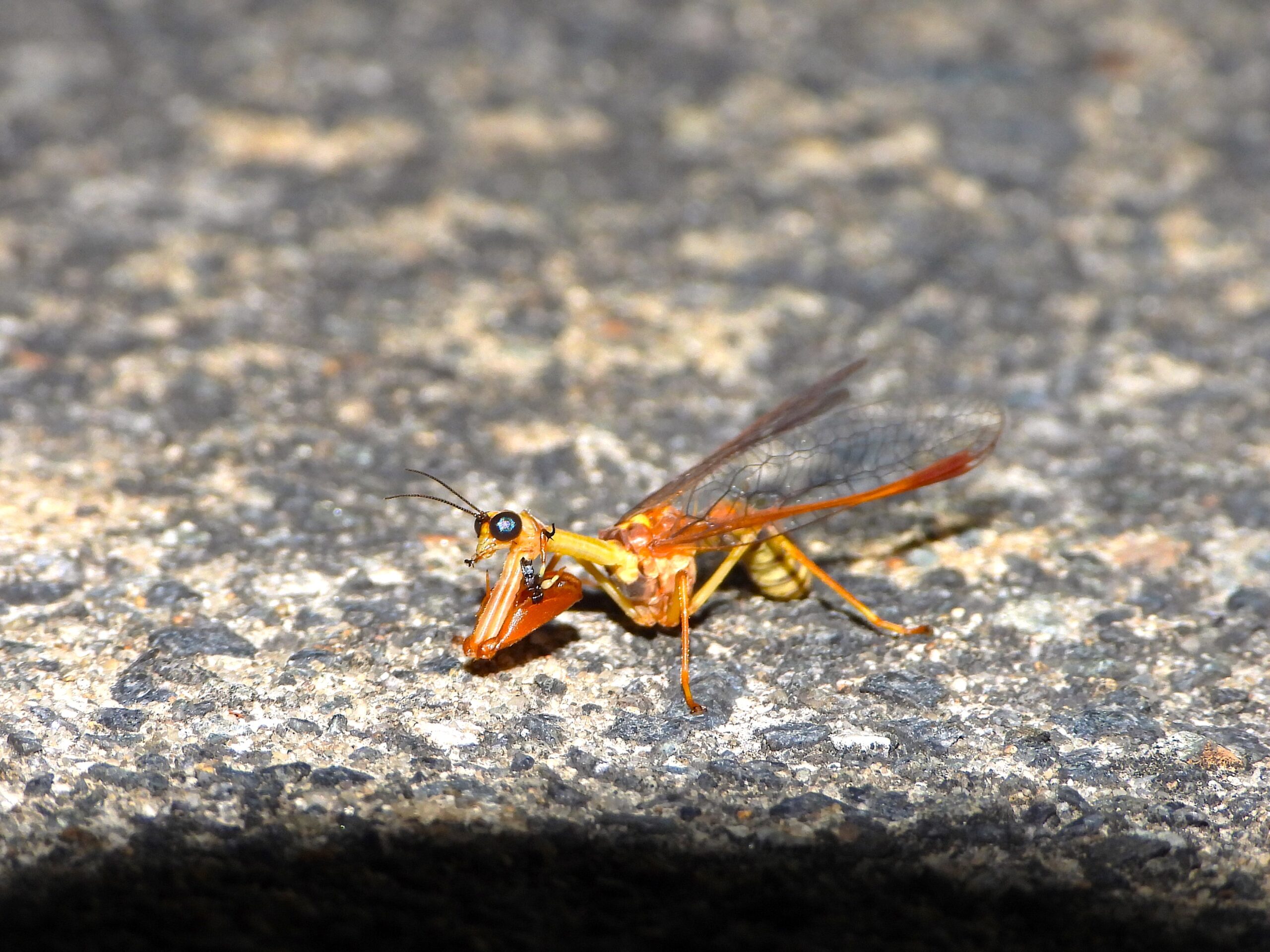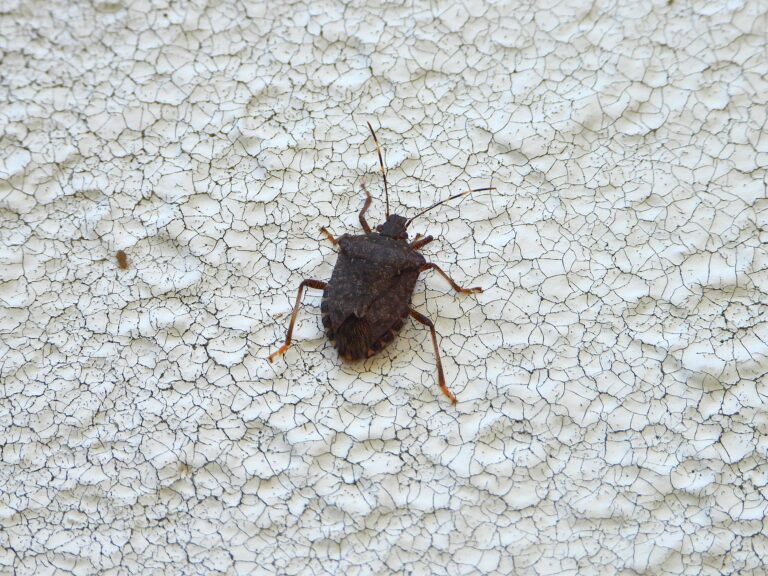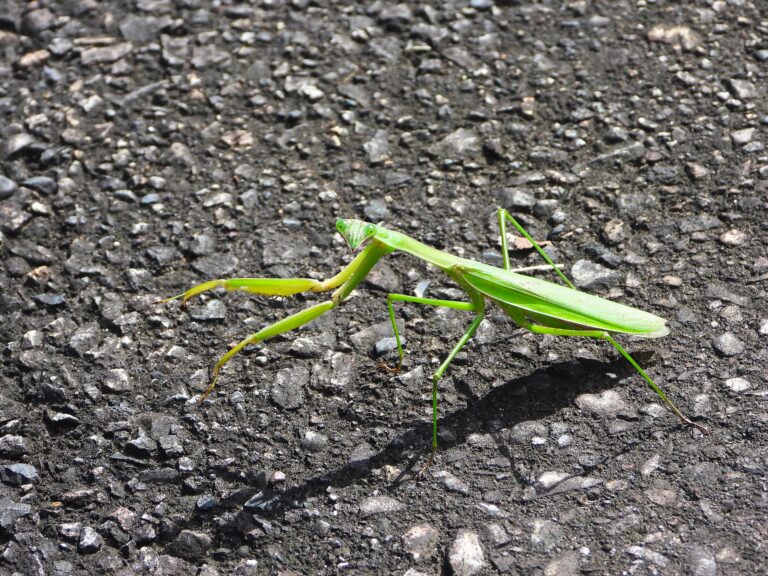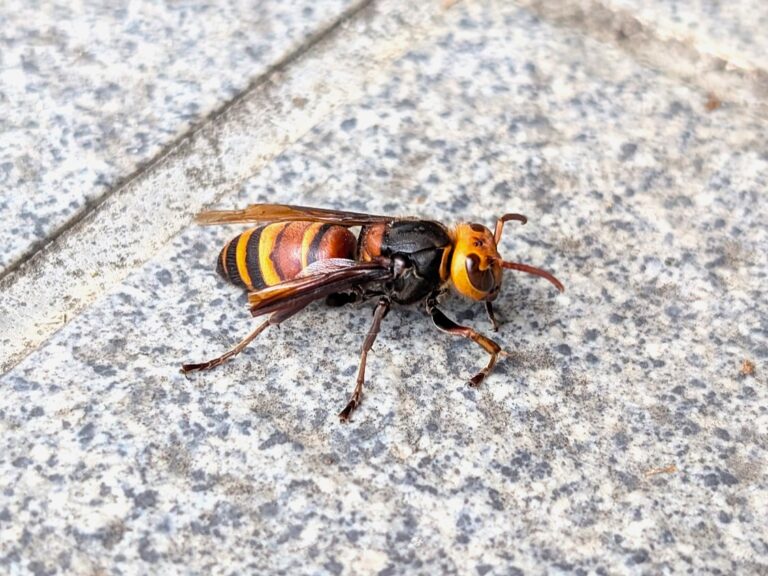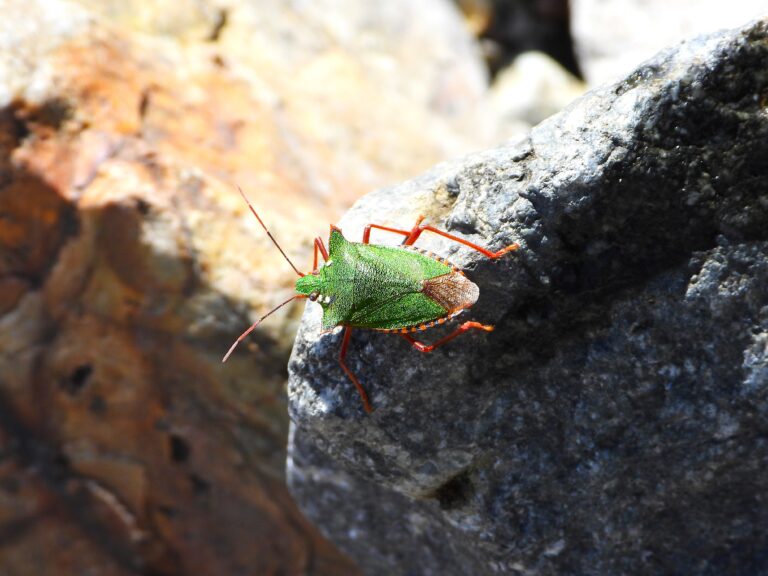Mantidflies of Japan (Family Mantispidae) – Wildlife of Japan
Introduction
Among Japan’s most unusual insects, mantidflies of Japan resemble miniature praying mantises but actually belong to the lacewing order Neuroptera, not the mantises.
These fascinating insects, sometimes called mantisflies, show a remarkable case of convergent evolution with true mantises.
Appearance
Mantidflies are slender insects with transparent, net-veined wings and an elongated prothorax, giving them the appearance of a tiny mantis.
Adults are typically 15–25 mm long.
The forelegs are raptorial and lined with spines for grasping prey.
Coloration varies by species:
- Eumantispa harmandi: yellow thorax with brown markings
- Mantispa japonica: smaller and paler brown
- Euclimacia badia: darker reddish-brown body
Habitat & Distribution
Mantidflies inhabit forest edges and wooded hillsides, where they perch on vegetation.
In Japan, species of this family have been recorded from Honshu, Shikoku, and Kyushu.
Many species are most active from June to September and have been reported flying to light sources at night, although the frequency may vary by region and species.
Related species are also distributed across East and Southeast Asia.
Behavior
Adults are ambush predators, capturing small insects with their forelegs.
They often remain motionless on leaves and strike quickly when prey comes near.
Their flight is soft and fluttering, similar to lacewings.
Diet & Life Cycle
- Adults: Feed on small soft-bodied insects such as flies.
- Larvae: Specialized parasites of spider egg sacs — a well-documented feature of Mantispidae.
The first-instar larva actively searches for spiders and enters the egg sac to feed on eggs.
This behavior has been confirmed in several Japanese species, including Eumantispa harmandi and Mantispa japonica.
Conservation
Mantidflies are not listed as threatened in Japan.
They depend on forest ecosystems that support spiders and small insects.
Although no studies directly link urbanization or light pollution to population changes, such effects are possible in localized habitats.
Author’s Impression
Seeing a mantidfly for the first time is startling — a delicate insect with the stance of a mantis and the wings of a lacewing.
Under a summer porch light, its silhouette looks almost alien.
Every encounter reminds me how much evolutionary diversity hides in Japan’s forests.
It is a mysterious species — mantis-like, yet not a mantis.

